The American alligator, one of North America’s most iconic reptiles, has carved out its niche in the wetlands, swamps, and waterways across the southeastern United States. These prehistoric-looking creatures, having survived for millions of years, are perfectly adapted to their aquatic environments with powerful tails, armored bodies, and remarkable hunting abilities. While many Americans associate alligators primarily with Florida, these resilient reptiles actually inhabit multiple states across the southern portion of the country. Their distribution follows specific patterns based on climate requirements, habitat availability, and historical range factors. Understanding where alligators live not only satisfies our curiosity about these fascinating predators but also helps us coexist safely with them in shared environments.
Florida: The Alligator State
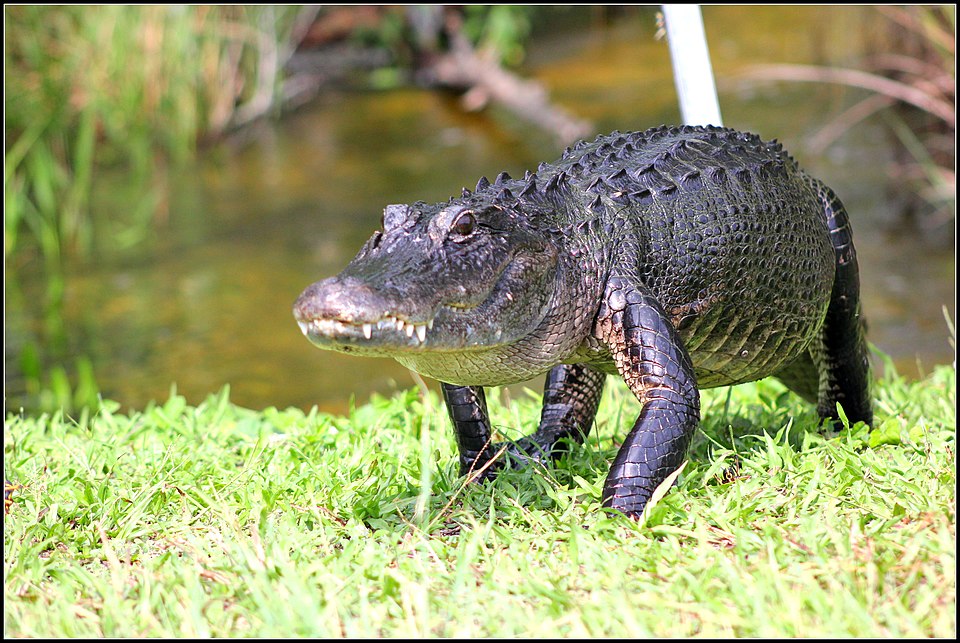
Florida reigns as the undisputed alligator capital of the United States, with an estimated population of 1.3 million alligators distributed throughout the state. These reptiles inhabit virtually all freshwater bodies in Florida, from the Everglades’ vast wetland system to suburban retention ponds and golf course water hazards. The subtropical climate provides ideal year-round conditions for alligators, allowing them to remain active without the extended brumation (reptilian hibernation) periods required in more northern states. Florida’s extensive conservation efforts since the 1960s have helped alligator populations rebound from previous overhunting, making encounters between humans and alligators increasingly common as development expands into former wildlife areas. The Florida Fish and Wildlife Conservation Commission manages a nuisance alligator program that responds to thousands of alligator complaints annually, highlighting the density of the population across the state.
Louisiana’s Alligator Country
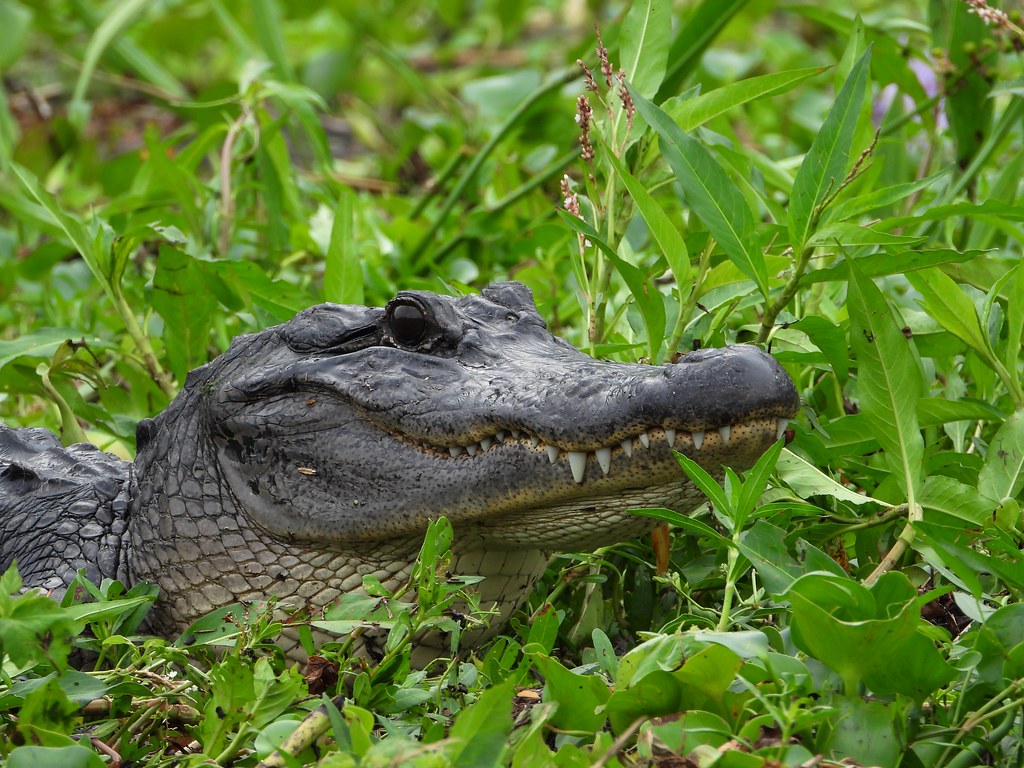
Louisiana hosts the second-largest alligator population in the United States, with approximately 2 million alligators spread across its extensive bayous, marshes, and swamplands. The Mississippi River Delta provides perfect habitat conditions with its maze of waterways, abundant food sources, and protected areas. Unlike many other states, Louisiana has developed a robust alligator farming industry that works in tandem with wild population management, creating sustainable economic incentives for habitat conservation. The state’s coastal marshes are particularly important alligator nurseries, where females build nests of vegetation and carefully guard their young. Louisiana’s deep cultural connection to alligators extends beyond ecology into cuisine, folklore, and even sports mascots, making the alligator an integral part of the state’s identity and economy.
Texas and Its Alligator Population
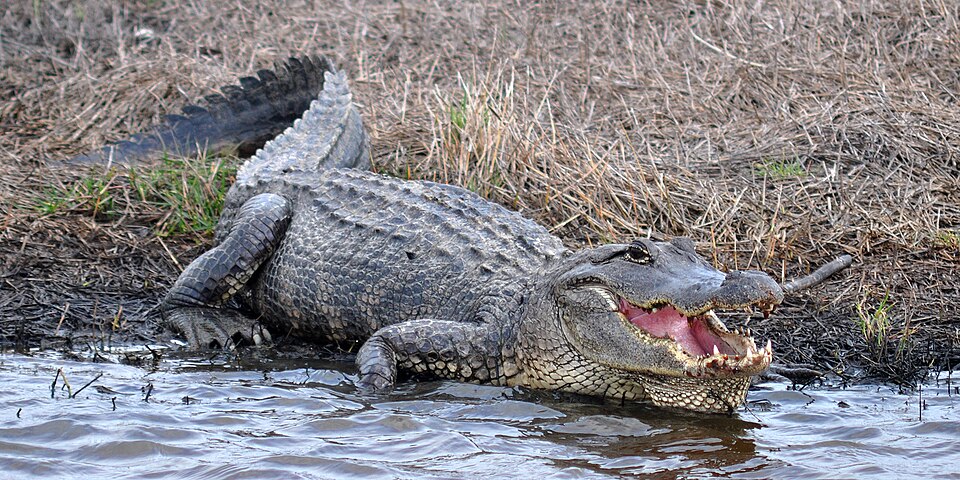
Texas represents the westernmost extent of the American alligator’s range, with populations concentrated primarily in the eastern third of the state along the Gulf Coast and extending inland along major river systems. The Trinity River basin, including the famed Caddo Lake with its cypress forests and maze-like waterways, provides prime alligator habitat far from coastal areas. Texas Parks and Wildlife Department estimates the state’s alligator population at 400,000-500,000 individuals, with densities increasing as you move eastward toward the Louisiana border. Unlike Florida, Texas maintains a regulated alligator hunting season that helps manage population levels while providing economic benefits to landowners who participate in the program. Urban expansion in the Houston-Galveston area has created increasing human-alligator interactions as developments encroach on traditional alligator territories, requiring public education efforts about safely coexisting with these reptiles.
Georgia’s Alligator Habitats
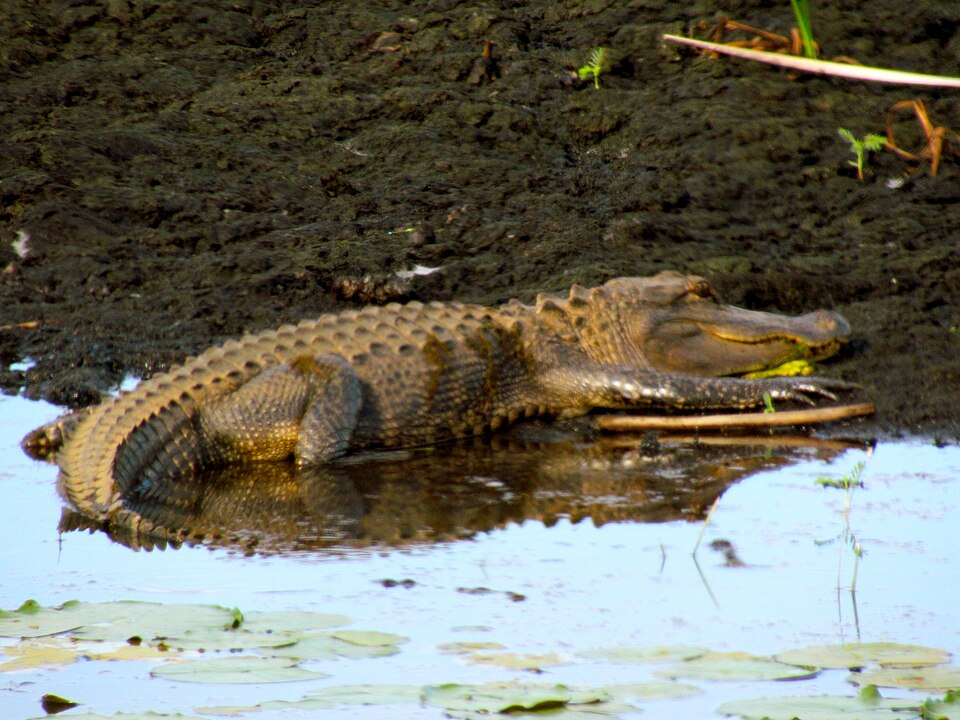
Georgia’s southern regions harbor significant alligator populations, particularly in the Okefenokee Swamp, which spans the Florida-Georgia border and represents one of the largest intact wetland ecosystems in North America. The state’s coastal marshes and river systems, including the Altamaha, Satilla, and Savannah rivers, provide additional prime habitat for these aquatic reptiles. Georgia’s Department of Natural Resources estimates the state’s alligator population at approximately 200,000-250,000 individuals, with the highest concentrations in the southeastern corner of the state. Climate plays a crucial role in determining Georgia’s alligator distribution, as winter temperatures in northern Georgia become too cold to support year-round alligator activity. Conservation efforts have successfully recovered alligator numbers from historical lows, and Georgia now manages a quota-based alligator hunting program that allows for sustainable population control while gathering valuable biological data through mandatory harvest reporting.
South Carolina’s Lowcountry Alligators
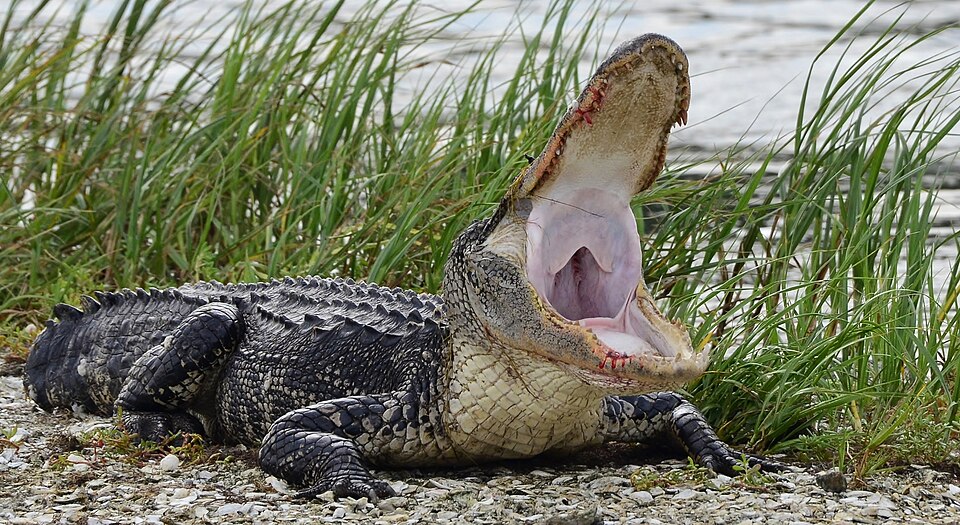
South Carolina’s coastal plain and lowcountry regions provide excellent alligator habitat with extensive river systems, swamps, and managed wetlands originally created for rice cultivation. The ACE Basin (Ashepoo, Combahee, and Edisto rivers) represents one of the largest undeveloped estuaries on the East Coast and supports healthy alligator populations throughout its diverse habitats. South Carolina’s alligator range generally extends from the coast inland to the fall line, the geological boundary where the coastal plain meets the Piedmont region, beyond which the habitat becomes less suitable. Researchers have documented approximately 100,000 alligators in South Carolina, with notable concentrations in wildlife refuges, state parks, and private hunting preserves where they’re protected from excessive disturbance. The state’s plantation history inadvertently benefited alligators, as the creation of rice fields with elaborate water control systems provided ideal alligator habitat that continues to support populations today even after agricultural use has ceased.
North Carolina: The Northern Boundary
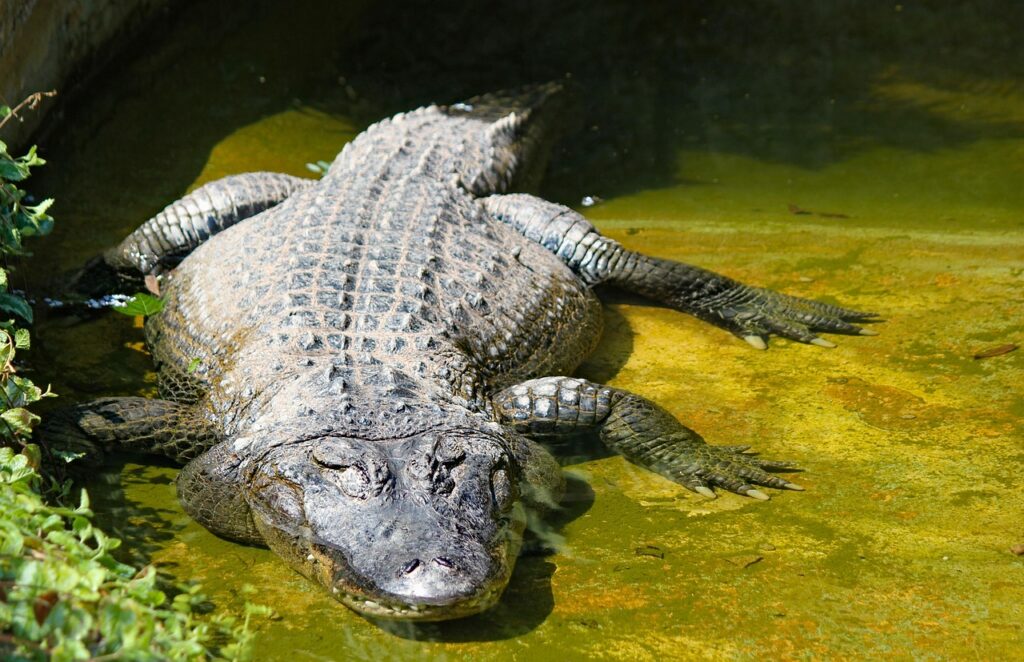
North Carolina represents the approximate northern boundary of the American alligator’s natural range, with populations concentrated in the southeastern portion of the state. The Cape Fear River basin and associated coastal wetlands harbor the densest alligator populations, where these reptiles have adapted to cooler winter temperatures by extending their brumation periods. North Carolina’s alligators demonstrate unique adaptations to living at the edge of their climate tolerance, including behavioral adjustments like “snorkeling” during brief winter freezes—keeping only their nostrils above water while the rest of their body remains in warmer water below. The state lists alligators as a Species of Special Concern due to their vulnerable position at the edge of their range and historical population declines from habitat loss and hunting. Scientific studies in North Carolina have documented slower growth rates and delayed sexual maturity compared to alligators in more southern states, illustrating how climate affects alligator life history even within their natural range.
Alabama’s River Basins and Deltas
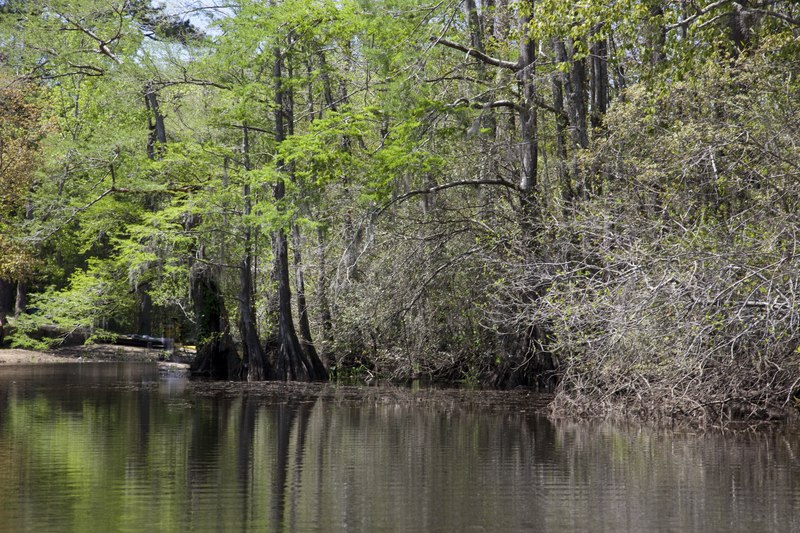
Alabama’s southern regions, particularly the Mobile-Tensaw Delta—sometimes called “America’s Amazon” for its biodiversity—provide extensive habitat for alligator populations. This 260,000-acre wetland complex where the Tombigbee and Alabama rivers converge before emptying into Mobile Bay represents Alabama’s alligator stronghold. Beyond the delta, alligators inhabit river systems throughout the southern half of the state, including the Alabama, Tombigbee, and Tennessee river basins, though in decreasing numbers as you move northward. Alabama’s approximately 70,000 alligators face habitat challenges from development, water quality issues, and historical wetland drainage, though conservation efforts have helped stabilize populations in recent decades. The state initiated a carefully regulated alligator hunting program in 2006 that has expanded to multiple watersheds while maintaining sustainable harvest levels through a lottery tag system and mandatory training for hunters.
Mississippi’s Alligator Distribution
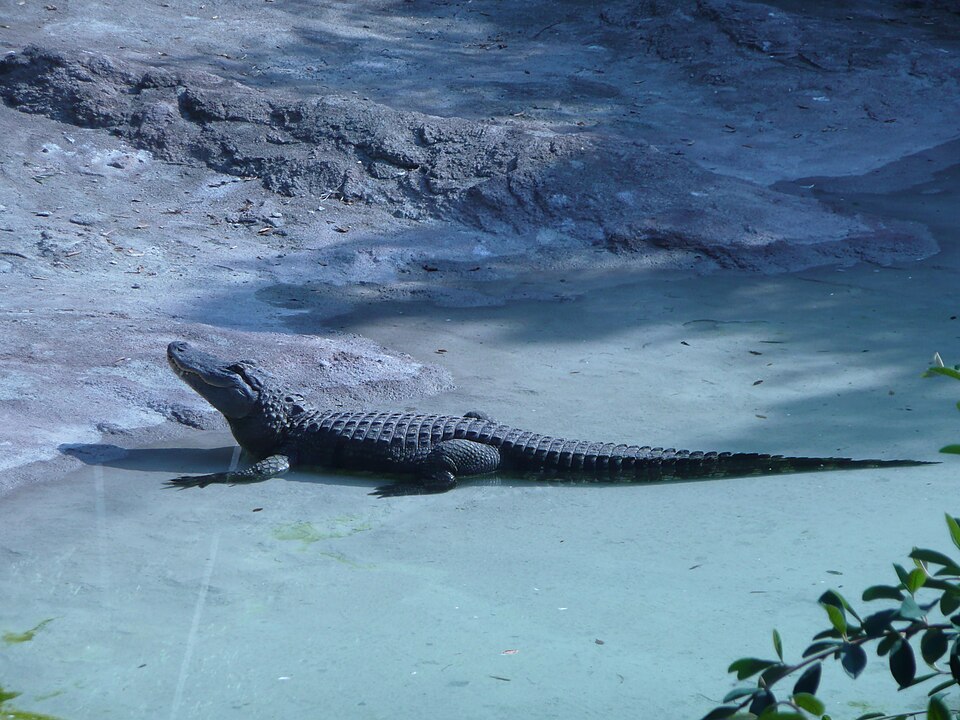
Mississippi’s alligator population inhabits the southern two-thirds of the state, with the highest densities found in coastal counties and along major river systems like the Pearl and Pascagoula. The state’s extensive network of oxbow lakes—formed when rivers change course and leave behind curved water bodies—provides perfect alligator habitat rich with fish, turtles, and other prey items. Mississippi’s Department of Wildlife, Fisheries, and Parks estimates the state hosts approximately 32,000-38,000 alligators, with populations continuing to recover from historical declines. Hurricane impacts along the Mississippi Gulf Coast have occasionally affected alligator habitats, with storm surges pushing saltwater into freshwater environments and temporarily displacing alligators into new areas. The state has managed a public waters alligator hunting season since 2005, providing recreational opportunities while collecting valuable data on population dynamics through mandatory biological sampling of harvested animals.
Arkansas’s Limited Alligator Range
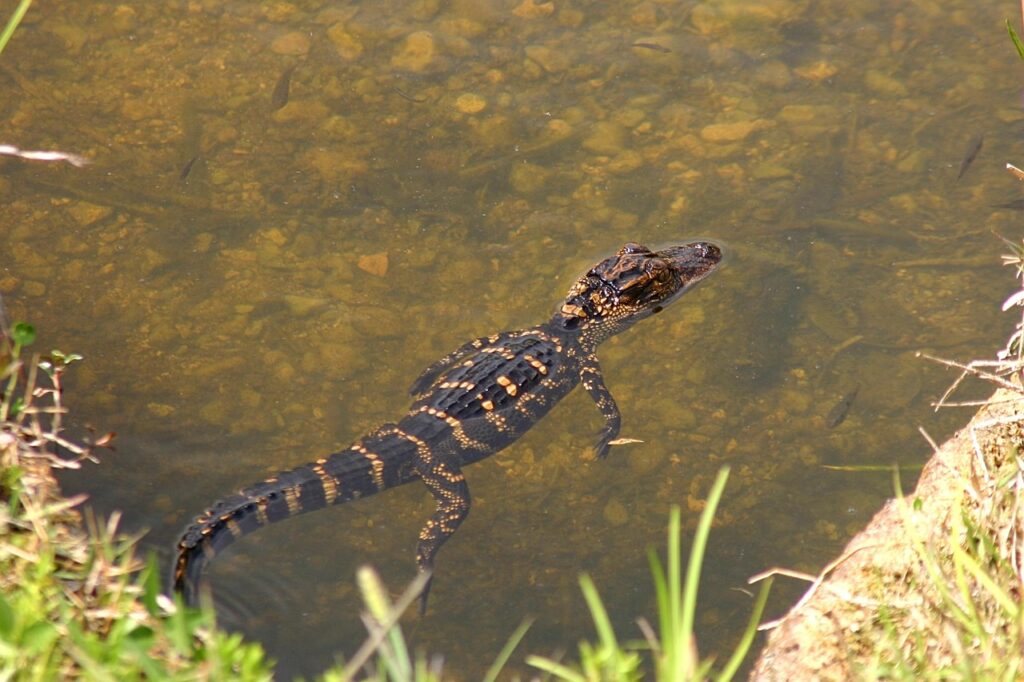
Arkansas represents the northwestern periphery of the American alligator’s range, with populations limited to the southern and eastern portions of the state along the Mississippi Alluvial Valley and Gulf Coastal Plain. Major alligator concentrations occur in the White River National Wildlife Refuge, Bayou Bartholomew (the world’s longest bayou), and scattered oxbow lakes and swamps throughout the Arkansas Delta region. The state’s alligator population, estimated at 2,000-3,000 individuals, remains significantly smaller than those in core range states due to historical elimination and habitat limitations. Arkansas initiated its first regulated alligator hunt in 2007 after confirming sufficient population recovery to support limited harvest in specific zones. Temperature constraints play a crucial role in limiting Arkansas’s alligator distribution, as winter conditions in northern Arkansas become too severe for these reptiles to survive long-term without access to deep, thermally stable water bodies.
Oklahoma’s Surprising Alligator Presence
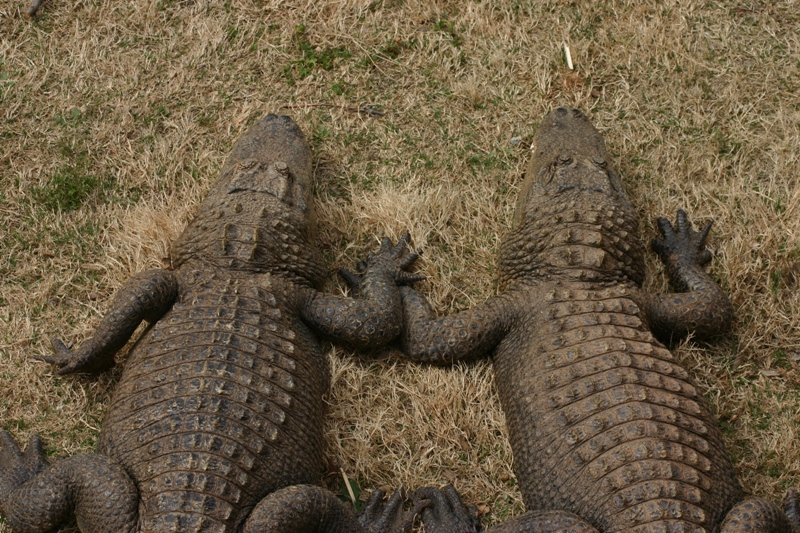
Oklahoma contains a small but established alligator population in its southeastern corner, particularly in the Red River drainage basin and associated wetlands. The McCurtain County Wilderness Area and Little River National Wildlife Refuge harbor the state’s most consistent alligator populations, though sightings remain relatively rare compared to states further south. Oklahoma’s alligators exist at the extreme northwestern edge of the species’ range, where they face challenging temperature constraints and limited suitable habitat. Biologists estimate Oklahoma’s alligator population at fewer than 1,000 individuals, making them a species of conservation interest in the state despite their abundance elsewhere in the South. Recent climate trends have potentially expanded suitable habitat northward, though extensive documentation of range expansion in Oklahoma remains limited, and the population appears stable rather than significantly increasing.
Virginia: Occasional Alligator Sightings
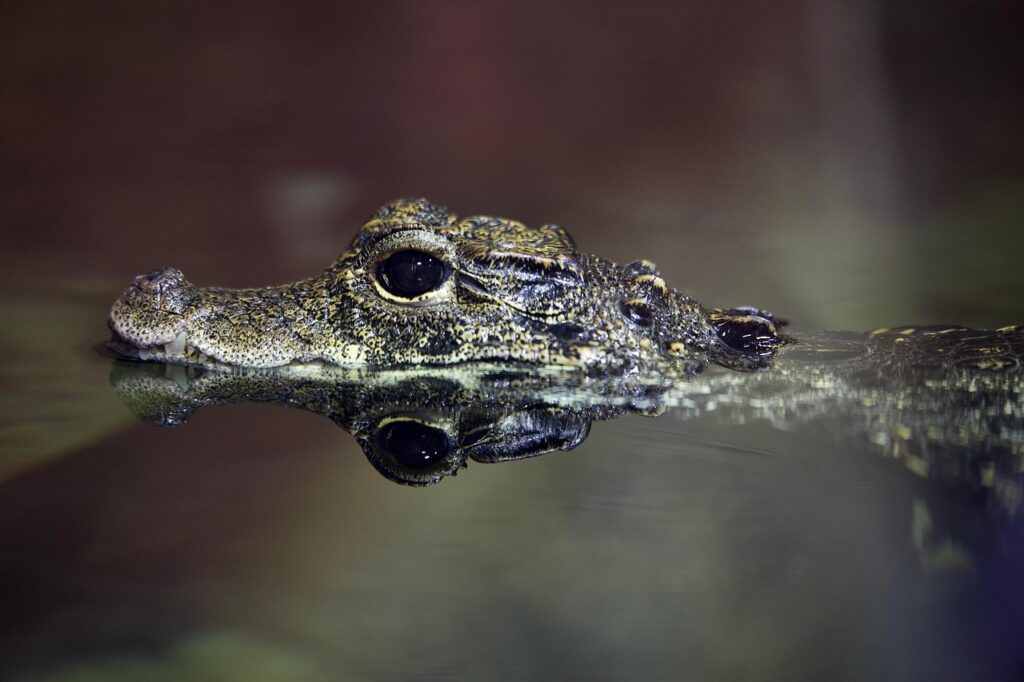
Virginia does not host a confirmed breeding population of American alligators, though occasional individuals have been documented in the state’s southeastern corner, particularly in the Dismal Swamp region bordering North Carolina. Most Virginia alligator sightings involve released or escaped pets rather than natural range expansion, as the state’s winter temperatures generally remain too cold to support year-round alligator activity and successful reproduction. The Virginia Department of Wildlife Resources monitors reported alligator sightings but considers the species non-established within state boundaries despite occasional media attention when specimens are discovered. Historical records suggest alligators may have naturally occurred in extreme southeastern Virginia during warmer climate periods centuries ago, but modern conditions generally prevent self-sustaining populations from developing. Climate change scenarios suggest Virginia could potentially support alligator populations in the future if warming trends continue, though significant natural range expansion would likely take decades to occur.
Climate Constraints on Alligator Distribution
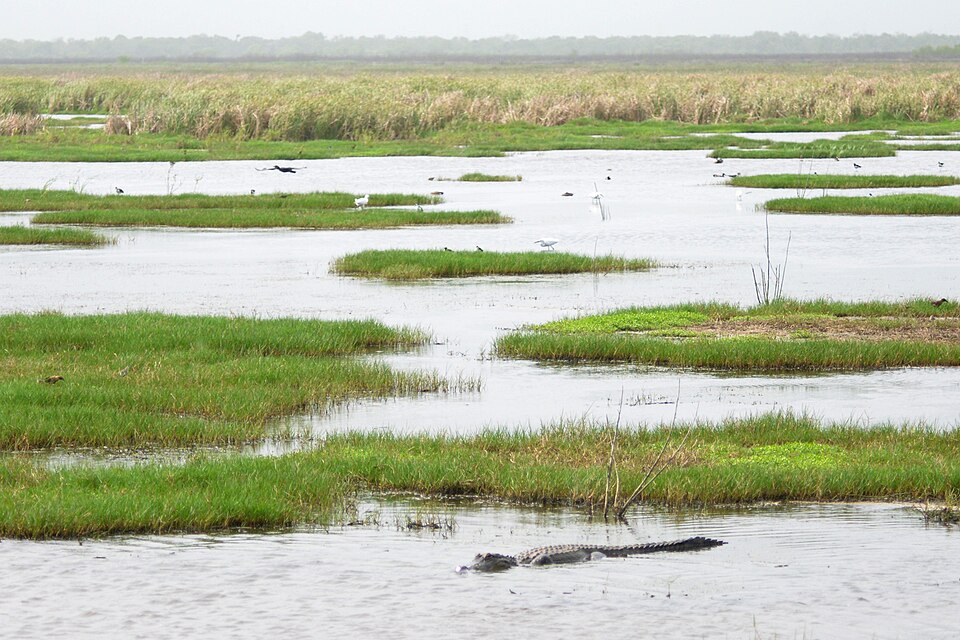
Temperature represents the primary limiting factor determining alligator distribution in the United States, with the species generally confined to areas where water bodies maintain temperatures above freezing for extended periods. Alligators can survive brief cold snaps by remaining in water and exposing only their nostrils—a behavior called “icing”—but prolonged freezing conditions prevent successful reproduction and long-term survival. The 10°C (50°F) January air temperature isotherm roughly corresponds with the northern boundary of alligator range, explaining why populations thin out and eventually disappear as you move northward through states like North Carolina and Arkansas. Climate change models suggest potential northward range expansion for alligators in coming decades, though barriers like urbanization and habitat fragmentation may limit actual distribution changes despite warming temperatures. Alligators also require specific environmental conditions for successful reproduction, as nest temperatures determine offspring sex—temperatures below 86°F produce females while those above 93°F produce males, with mixed ratios in between—making climate crucial for maintaining balanced populations.
Conservation Status and Management Approaches
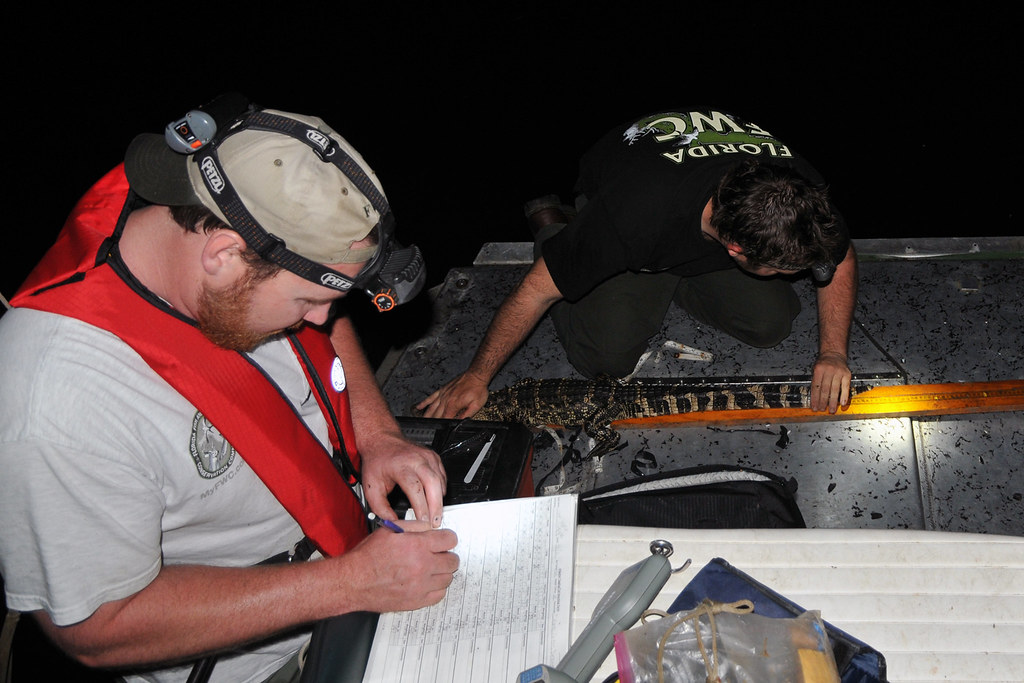
The American alligator represents one of conservation’s greatest success stories, having recovered from endangered status in the 1960s to secure populations across its range today. Federal protection under the Endangered Species Act and state-level conservation programs allowed populations to rebound from extensive market hunting that had decimated numbers in many areas. Today, alligators remain federally listed as “threatened due to similarity of appearance” to protect the endangered American crocodile from misidentification during potential harvests. Each state within the alligator’s range implements its own management approach, with most utilizing regulated hunting programs to control populations while providing economic incentives for habitat conservation. Habitat protection remains crucial for alligator conservation, as these reptiles require specific wetland conditions for nesting and juvenile survival, making them vulnerable to development and water management changes despite their adaptability to human-modified landscapes.
Human-Alligator Coexistence Challenges
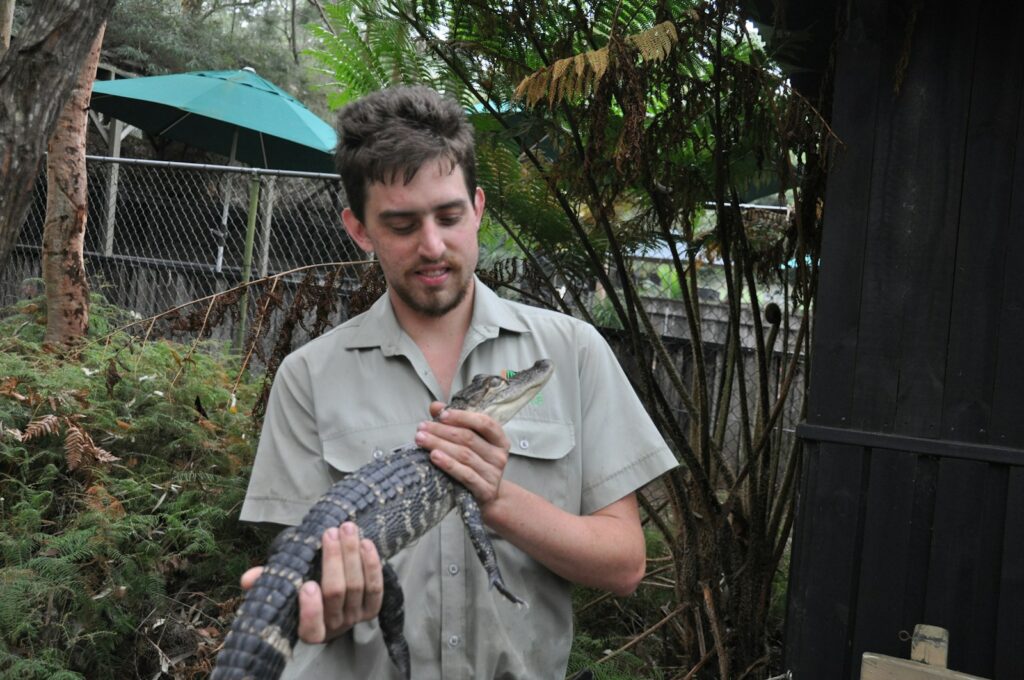
As human populations expand into traditional alligator territories, interactions between people and these reptiles have increased dramatically in recent decades, creating new management challenges. States with large alligator populations operate nuisance alligator programs to address conflicts, typically removing and relocating or harvesting animals that pose potential safety risks in developed areas. Public education forms a critical component of management efforts, as many conflicts result from inappropriate human behaviors like feeding alligators (which reduces their natural fear of people) or allowing pets to swim in alligator habitat. Research indicates alligators generally avoid human contact when possible, with unprovoked attacks remaining extremely rare—Florida, with its dense human and alligator populations, averages fewer than ten serious unprovoked bites annually despite millions of potential interaction opportunities. Climate change and continued development in coastal areas will likely increase human-alligator interactions in coming decades, requiring adaptive management approaches to maintain coexistence while ensuring public safety.
The American alligator’s distribution across the southeastern United States reflects a complex interplay of climatic factors, habitat availability, and conservation history. From their strongholds in Florida and Louisiana to the peripheral populations in Oklahoma and North Carolina, these ancient reptiles have demonstrated remarkable resilience. After recovering from near-extinction in the mid-20th century, alligators now thrive across their historical range, though they remain constrained by temperature requirements that limit their northern distribution. As climate patterns shift and human development continues to transform landscapes, the geography of alligator populations will likely evolve as well. Understanding their current distribution provides not only scientific insight but also practical knowledge for the millions of Americans who share their states with these impressive predators.


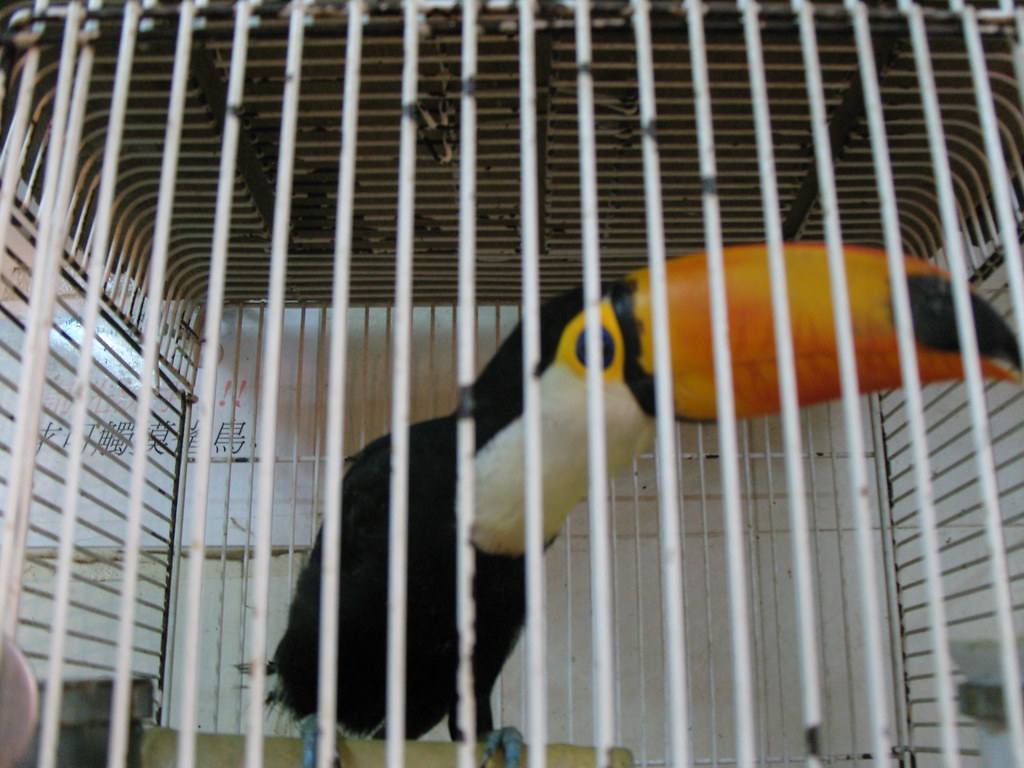
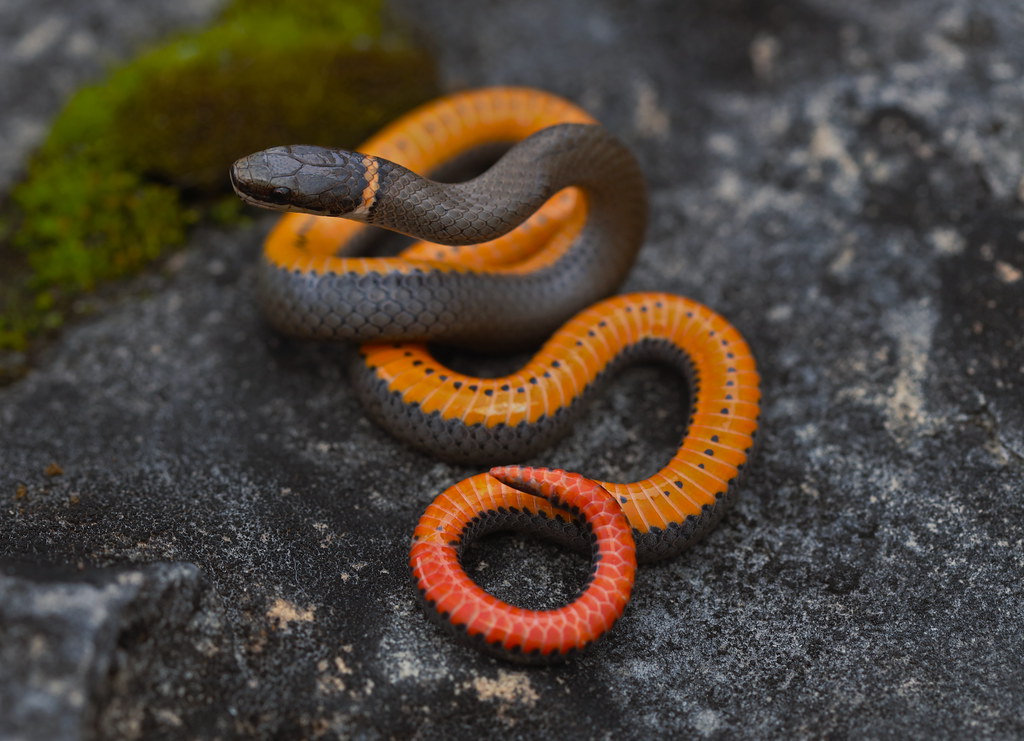

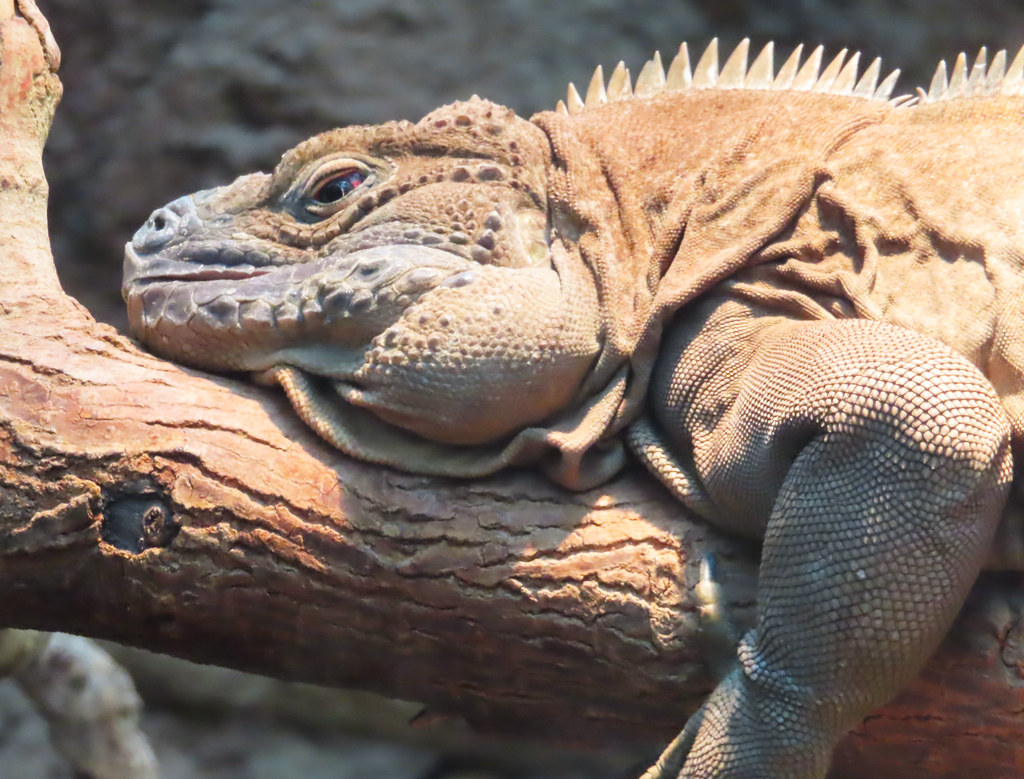

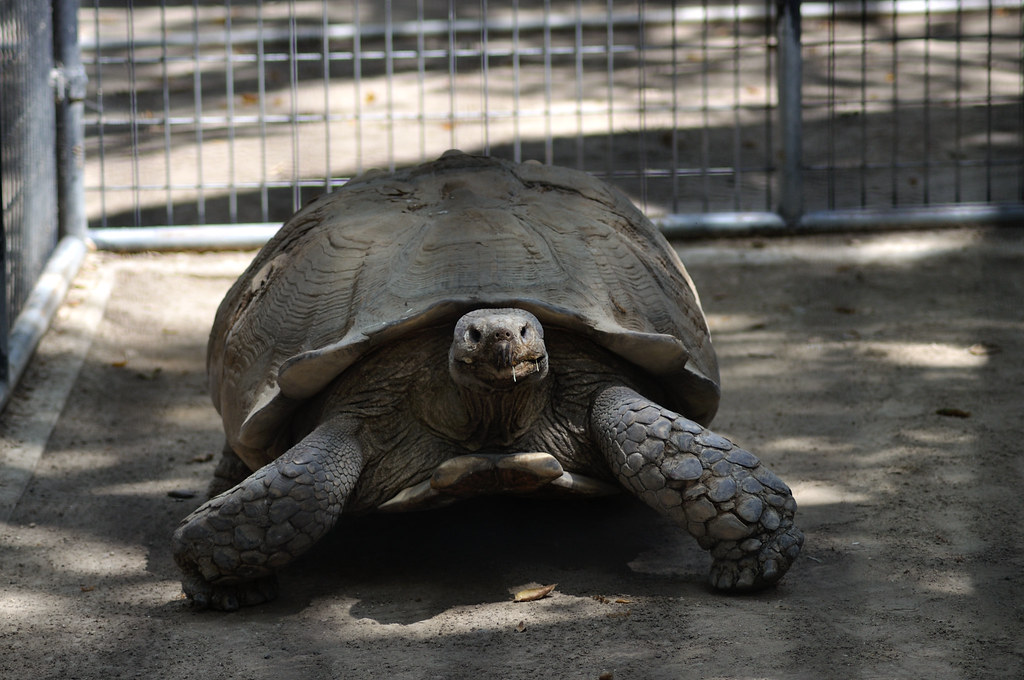
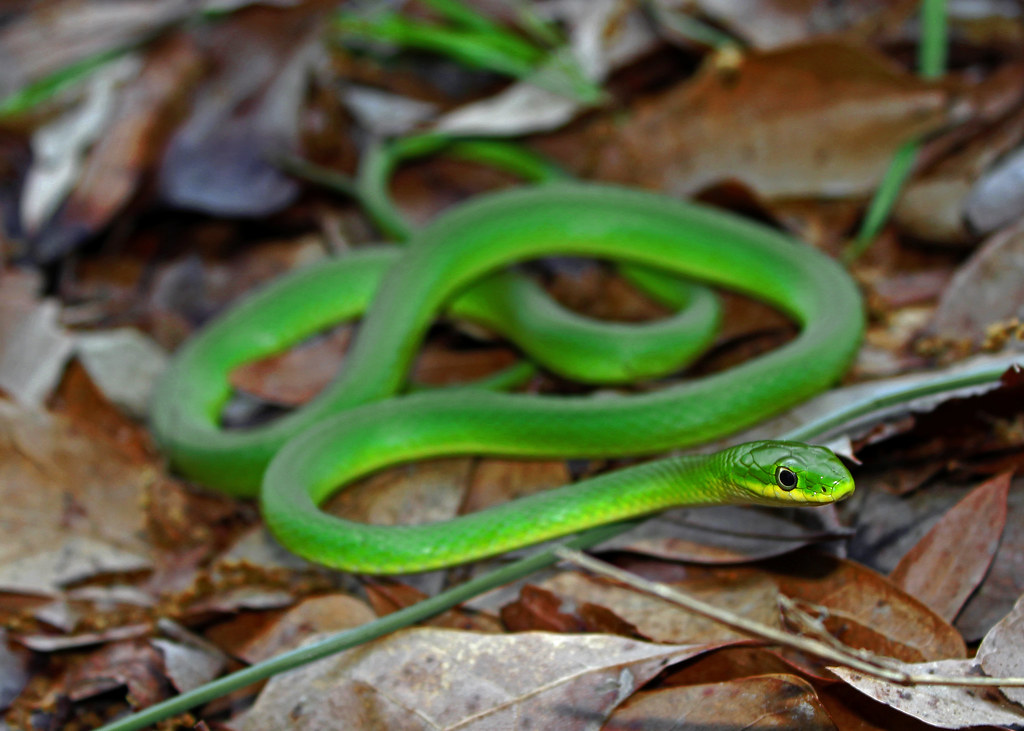
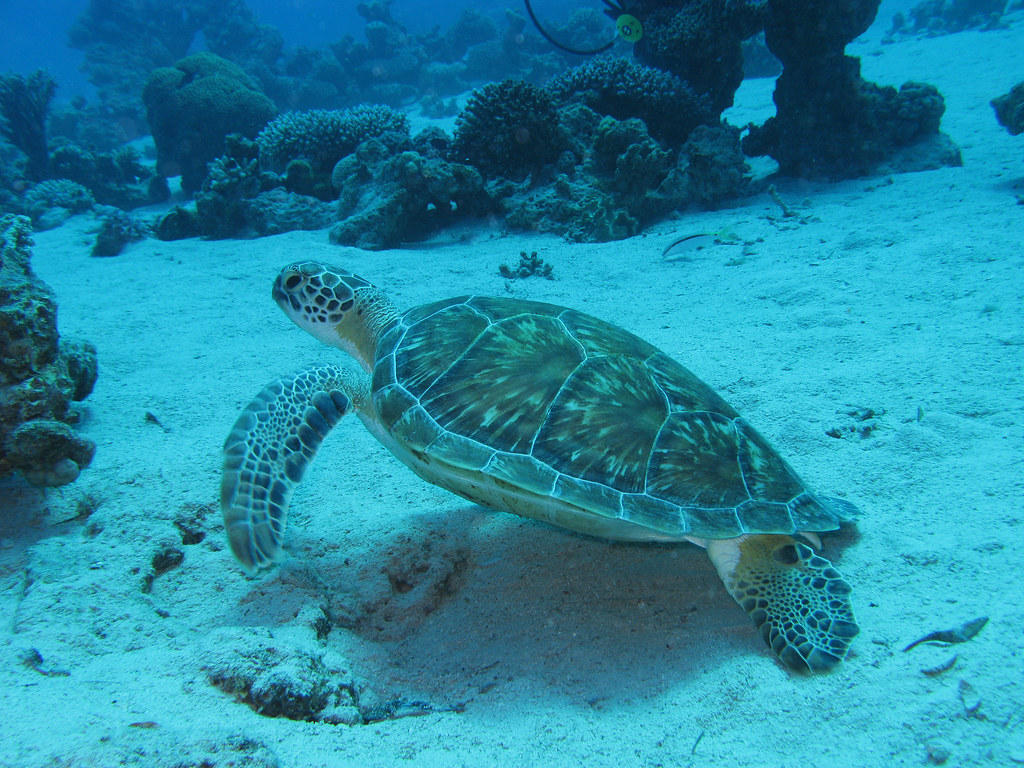
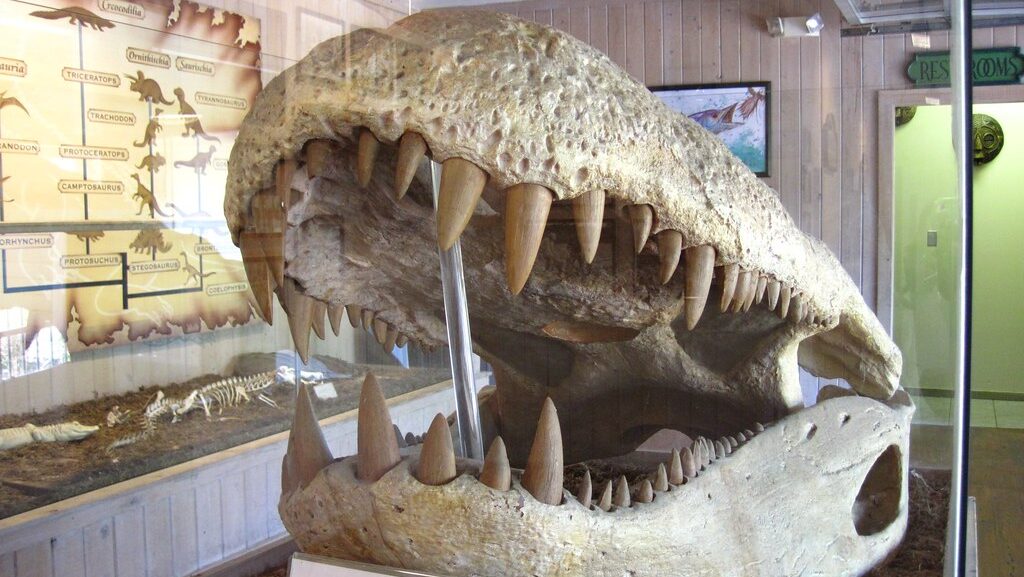



Leave a Reply